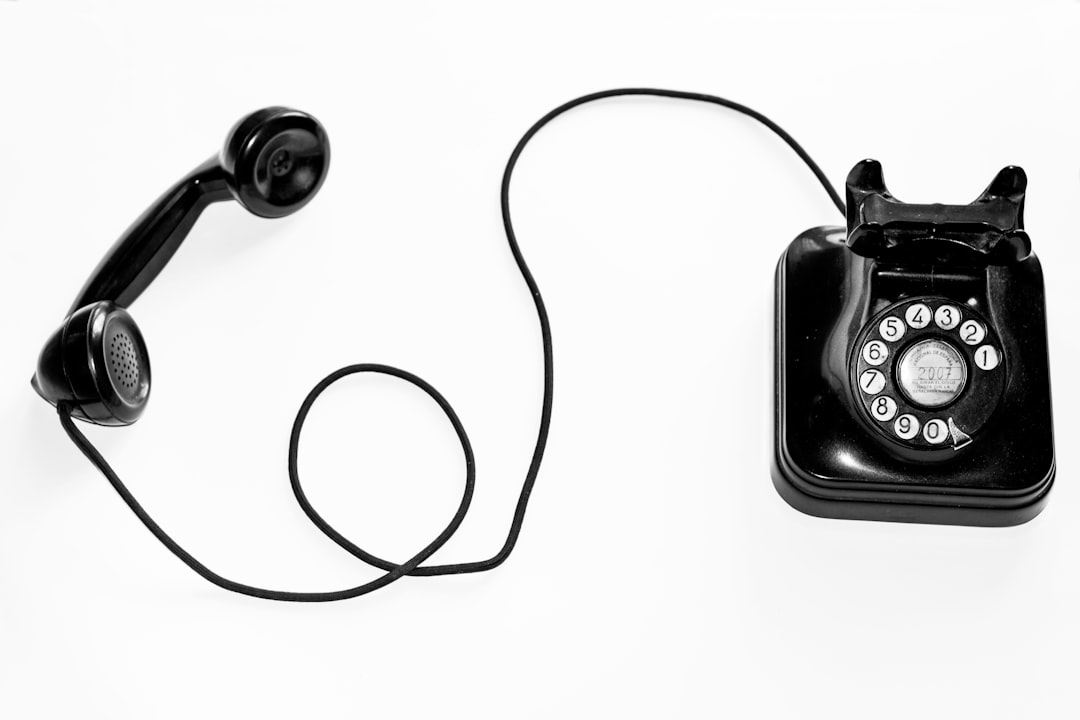In the digital age, our smartphones have become essential tools for communication, navigation, shopping, and even banking. But with so much personal and sensitive information stored on these tiny devices, they’ve also become a lucrative target for hackers. If you suspect your phone might be compromised, knowing how to check for potential hacks is crucial. One commonly discussed method involves dialing certain special codes on your phone. But what number do you dial to see if your phone is hacked?
Let’s delve into the most important codes to know, what they can tell you, and other signs that might indicate your phone has been hacked.
What is a USSD Code?
Unstructured Supplementary Service Data (USSD) codes, also known as “quick codes,” are short codes that you can dial to access hidden settings or troubleshoot devices. These are typically combinations that start with * or # and end with a similar symbol. Many of these codes are handy when trying to detect suspicious activity on your phone.
The Most Useful Numbers to Dial
If you’re wondering if your phone might be under surveillance or if someone else has unauthorized access to it, here are a few dialing codes that may help you check.
-
*#21# – Call Forwarding Status
This code shows whether your calls, messages, or data are being forwarded to another number. If it doesn’t show “Not Forwarded” or a similar message, your phone might be redirected without your knowledge. -
*#62# – Unknown Call Forwarding
If your phone is not reachable, this code can display the number where your calls are being sent. If you see a suspicious number, it’s a red flag for potential hacking or surveillance. -
*#06# – IMEI Number
This isn’t necessarily to check for hacking, but you should always know your phone’s unique IMEI number in case you need to report it stolen or compromised. Keep this data stored securely. -
*#*#4636#*#* – Phone and Battery Information
This code shows detailed information about your phone, including usage stats. Any data usage spikes or unusual app activity could indicate malicious software at work.

Additional Signs Your Phone Might Be Hacked
Dialing codes can help, but they aren’t foolproof. Here are some other warning signs that might indicate your device has been compromised:
- Battery drains quickly – Malware and spyware apps work in the background, rapidly depleting your battery.
- Unusual data usage – If your data usage spikes unexpectedly, a hidden app may be transmitting your information.
- Strange background noises during calls – Clicks, echoes, or static sounds unusual for your typical reception may be signs of eavesdropping.
- Pop-ups or unfamiliar apps – If apps appear that you didn’t install or pop-up ads flood your screen, you might be dealing with adware or malware.
What to Do If You Think You’re Hacked
If the codes or signs point toward suspicious activity on your phone, act quickly:
- Uninstall suspicious apps – Go through your app list and remove anything unfamiliar, especially apps that request extensive permissions.
- Update your software – Keep your operating system and apps updated to patch security vulnerabilities.
- Install a mobile antivirus – Trusted antivirus tools can detect and remove malware and spyware.
- Factory reset – If all else fails, a full reset will remove any unfamiliar programs, but be sure to back up your data first.

Final Thoughts
As smartphones continue to expand their role in our lives, ensuring their security becomes ever more important. While dialing special codes like *#21# and *#62# offers a quick way to spot suspicious redirect activity, they should not be your only defense. Staying aware of subtle signs and taking proactive measures like installing antivirus apps and avoiding shady downloads are key steps in protecting your digital privacy.
Remember, hackers are continually evolving their methods, but so can you. Stay informed, stay vigilant, and always guard your personal data like the treasure it is.

